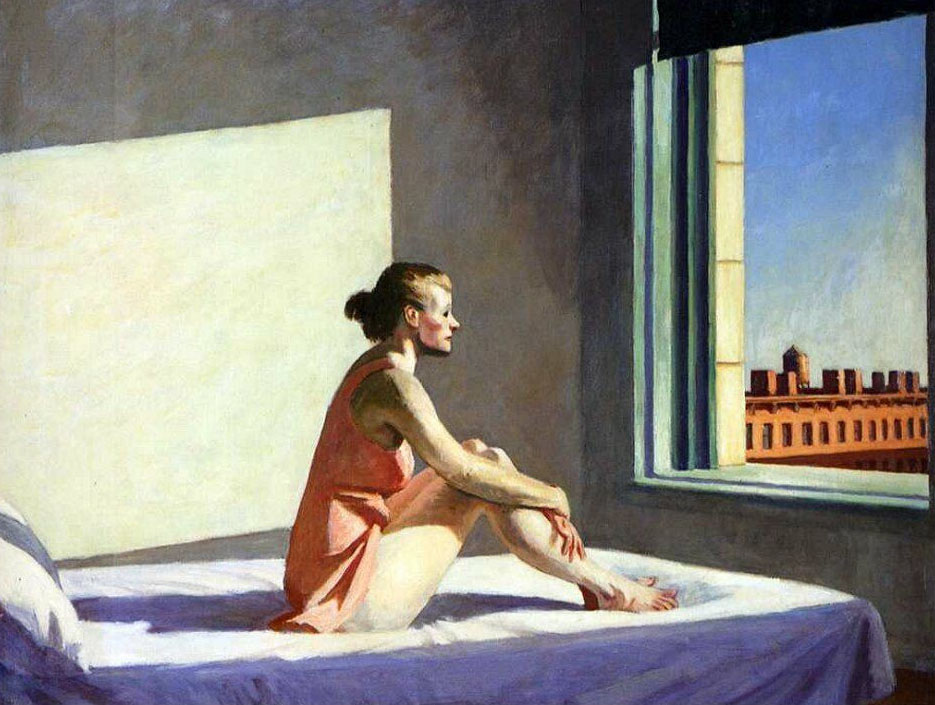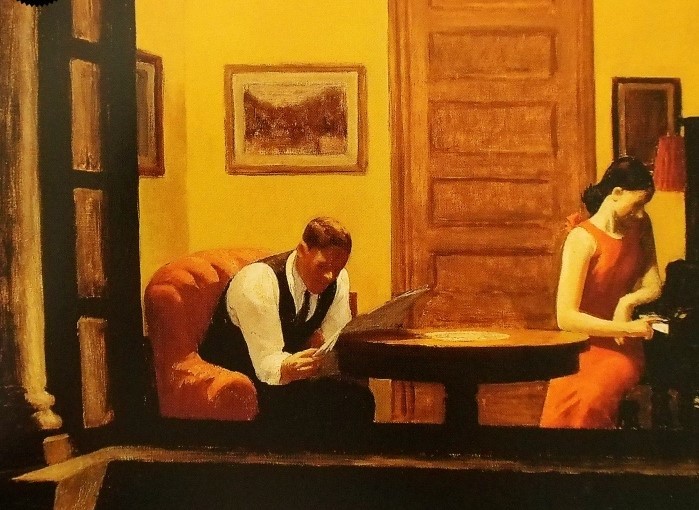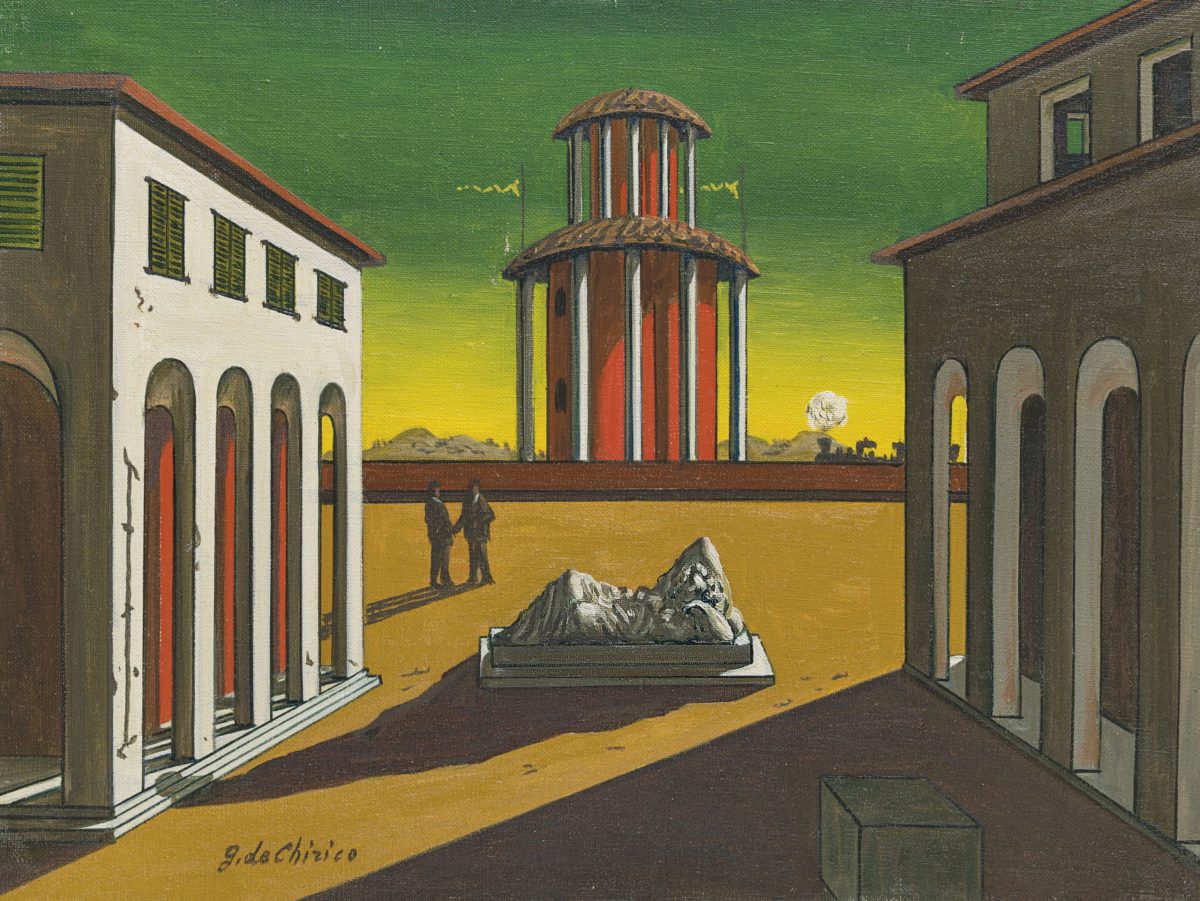Several painters and artists throughout history have been interested in depicting the faces of loneliness in art. At a time when human contact finds insurmountable barriers, this type of art becomes a mirror in which we can all glimpse our reflection. It is the feeling that Edward Hopper‘s bitter canvases arouse us, as well as Edvard Munch’s tearing ones. And yet, despite the similarities, the type of loneliness that these illustrious artists paint is profoundly different from what we live with today.
Alienation in Modern Art
One of the greatest American painters used to capture urban landscapes to underline the alienation of his canvases’ protagonists. Edward Hopper is, not surprisingly, one of the artists who best represent the fragility of the psyche and the loneliness that accompanies man throughout his life. In particular, Hopper’s figures are crystallized in a modern, often frenetic world. Still, they don’t seem to be a part of it. Probably for this reason, his characters often have their gaze turned towards indefinite points. As if their presence in a certain space-time point was only the result of chance.

In this period Hopper’s paintings are experiencing a period of revival. This is the result of the empathic connection that everyone, confined to our homes, feels towards the artist’s figures. Yet, despite being so familiar, Hopper’s alienation is very different from ours.
If in Hopper it is the same modern society that leaves us on a background in which we do not feel totally integrated, the alienation to which we now submit is the result of a global emergency. In particular, our alienation, which leaves us physically confined and distant, unites us in a common purpose; that all this will end soon.

Thus, it becomes clear that unlike Hopper’s men and women, our, more than loneliness is physical confinement. Also thanks to the commitment of the artists on social media, this dramatic situation is leading to human and extremely empathetic implications.
The different faces of loneliness in Art
Son of Expressionism, Munch wanted to represent reality from an internal critical eye. He wanted an art capable of giving reality a much deeper and more introspective reading.

On the other side, De Chirico explored the solitude of modern man in a completely foreign environment.
Certainly, the cultural background emphasized this artistic orientation. Even for him the historical period was determining: the two world wars, Fascism, without neglecting the high ascendancy that philosophers of the caliber of Schopenhauer and Nietzsche had on him. All, inevitably, had repercussions and influences on the artist and in his painting.
Art is man’s favorite tool for crystallizing moods and emotions over time. All the drives of the human soul find space in art. From the simplest to the most intricate ones, art offers the possibility to stop a perception and make it visible. In particular, the faces of solitude in art have many different variations and intents. However, all these painters seem to emphasize that in solitude there are extraordinary forms of freedom, if not physical, certainly of thought.